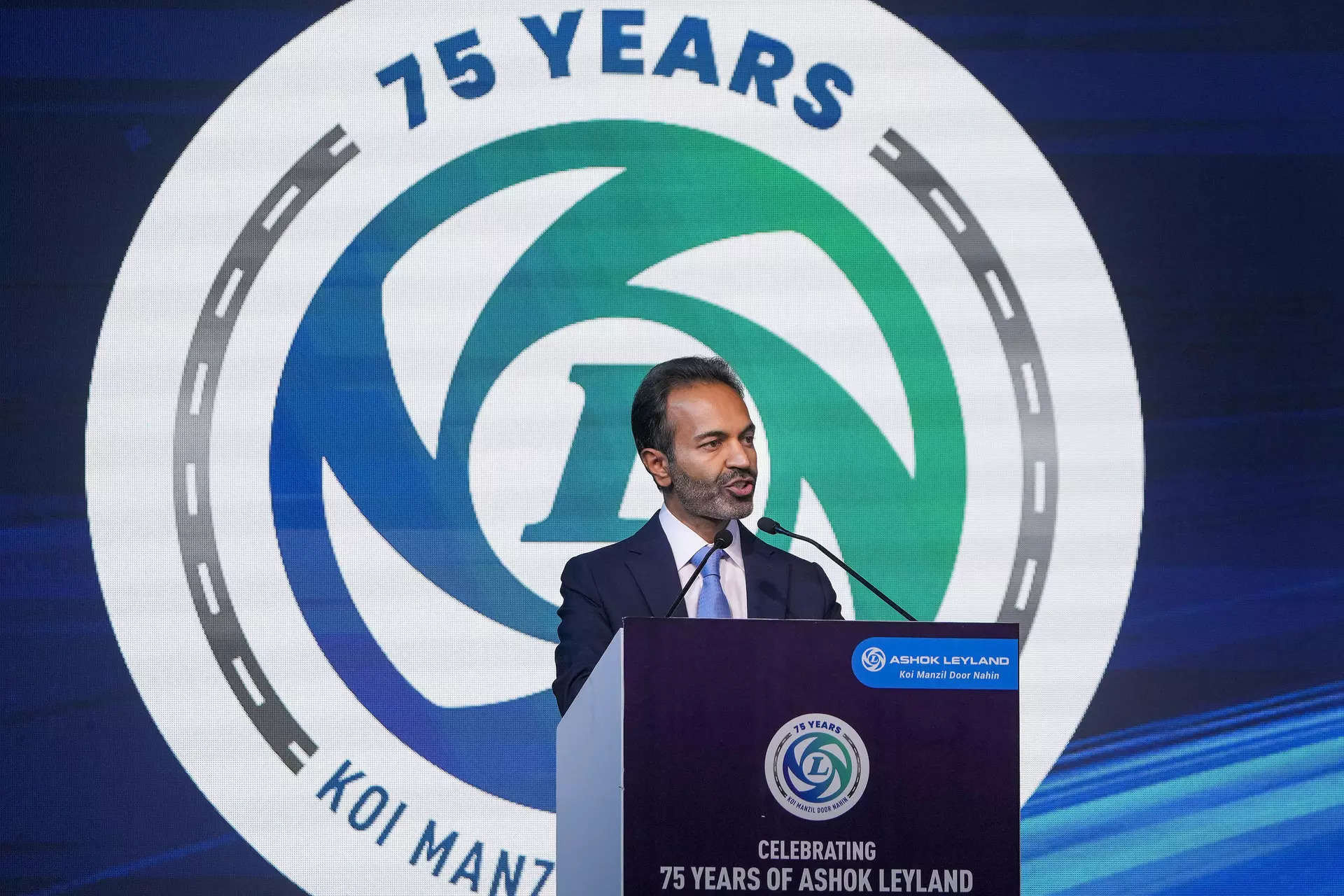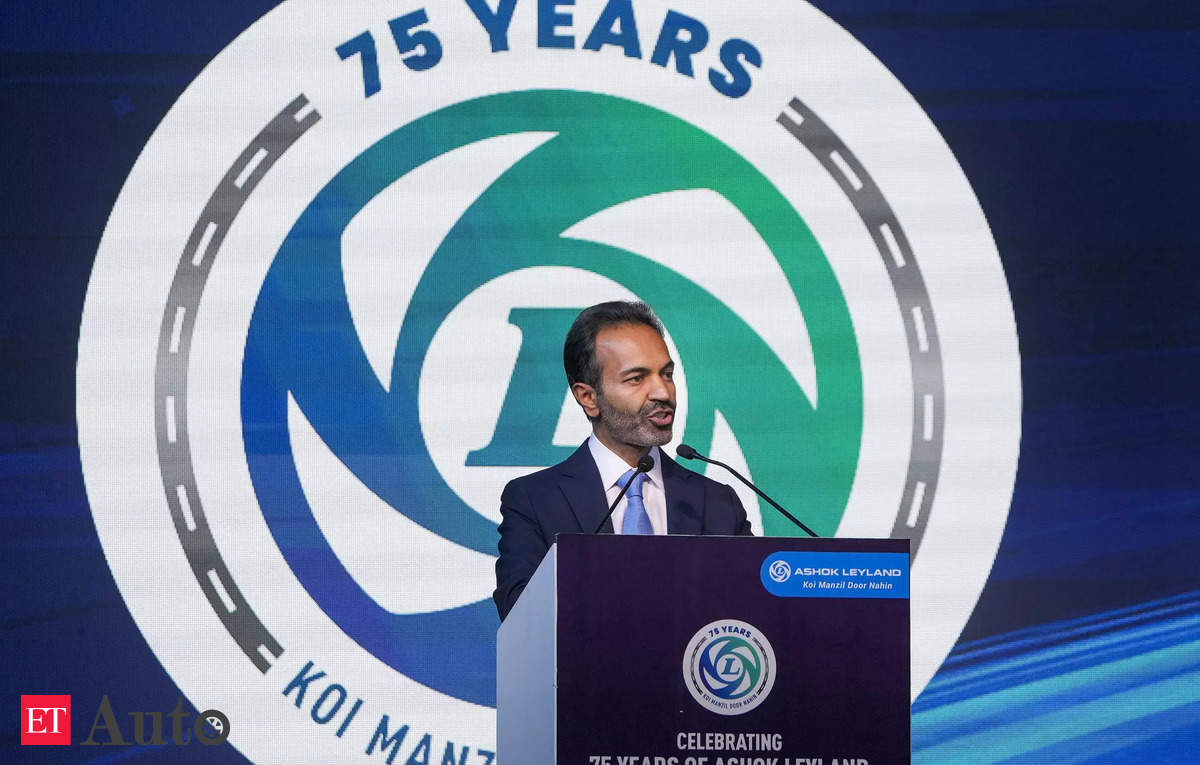
Hinduja group-owned commercial vehicles maker Ashok Leyland expects over one-fifth of its revenue to come from exports in the next five years, according to company’s Executive Chairman Dheeraj Hinduja. The thrust is to see Ashok Leyland among the top 10 global original equipment manufacturers (OEM), said Hinduja at Carlton House Terrace, London, UK, during a select media roundtable with the Hinduja family members. The company, which is investing around INR 1,000 crore to set up a bus manufacturing facility near Lucknow in Uttar Pradesh, expects the first vehicle to roll out within 15-18 months.
Besides, Ashok Leyland has plans to enter Europe with electric buses in 2025, said Hinduja.
As per its strategy, the company would focus only on the commercial vehicle segment and has no plans to enter the passenger vehicle segment as of now, he said.
There is “room to grow with commercial vehicles” and a “much better growth path” in the segment, said Hinduja.
In financial year ended March 31, 2023, Ashok Leyland’s consolidated revenue was at INR 41,672.60 crore and it had exported 78,645 units, which was less than a year before.
When asked about overseas sales, Hinduja said:”At the moment, we do about 10-11% and within the next five years, our target is to definitely be over 20%.
“That is also because the Indian market has substantial room for growth. If the Indian market was not growing at the pace, then that percentage would be a lot higher,” he added.
Ashok Leyland is growing not only in the domestic market, but much more internationally, Hinduja said.
“Our vision is clear, we have to be one of the global top 10. So there is a large thrust with the management team to ensure that we can actually make Ashok Leyland a global Indian OEM, which today I think we would be the only one if you are able to achieve such a position.”
The company has assembly plants at the UAE’s Ras al Khaimah and also in Nigeria and South Africa, where it is working with local partners.
“We are looking at other GCC markets, which are very strong. This year, we will start moving into the Philippines and Malaysian markets as well and hopefully very soon into Indonesia as well,” he said.
Besides, former CIS countries offer a large opportunity to Ashok Leyland, Hinduja added.
“So I would say barring Europe, US, Japan, we are looking at all parts of the world and we will enter Europe with electric buses in 2025,” he said.
On its upcoming plant near Lucknow, Hinduja said:” The government has moved very quickly over there. We have selected a site and I think we are looking forward to having the first buses roll out within 15 to 18 months from now.”
When asked about any plans of Ashok Leyland to enter the passenger vehicle segment, Dheeraj Hinduja said it has much better growth plans in the commercial side.
“I know passenger cars have a large headroom as well, but I think the competitive environment in passenger cars, including electric is going to be far more fierce and how we are positioned in Ashok Leyland and the opportunities I think it will give us a much better growth path rather than moving into a different area,” he added.
Hinduja further said, “I think we will stick to right from a 2 tonne to a 55 tonne truck, to a small minibus, to a large double-decker bus.”
About 25 years ago, Ashok Leyland had explored the car segment when the economy was opening up, he said.
It had signed an MoU as well with one of the largest OEMs to explore the opportunities. However, it could not take shape as it was not getting a majority stake. The OEM wanted to run the show as well, he added.
“So they wanted majority, we wanted majority and it was not something that we felt comfortable with and also if you go back nearly 25 years or so, the room to grow with commercial vehicles was quite substantial,” said Hinduja.









